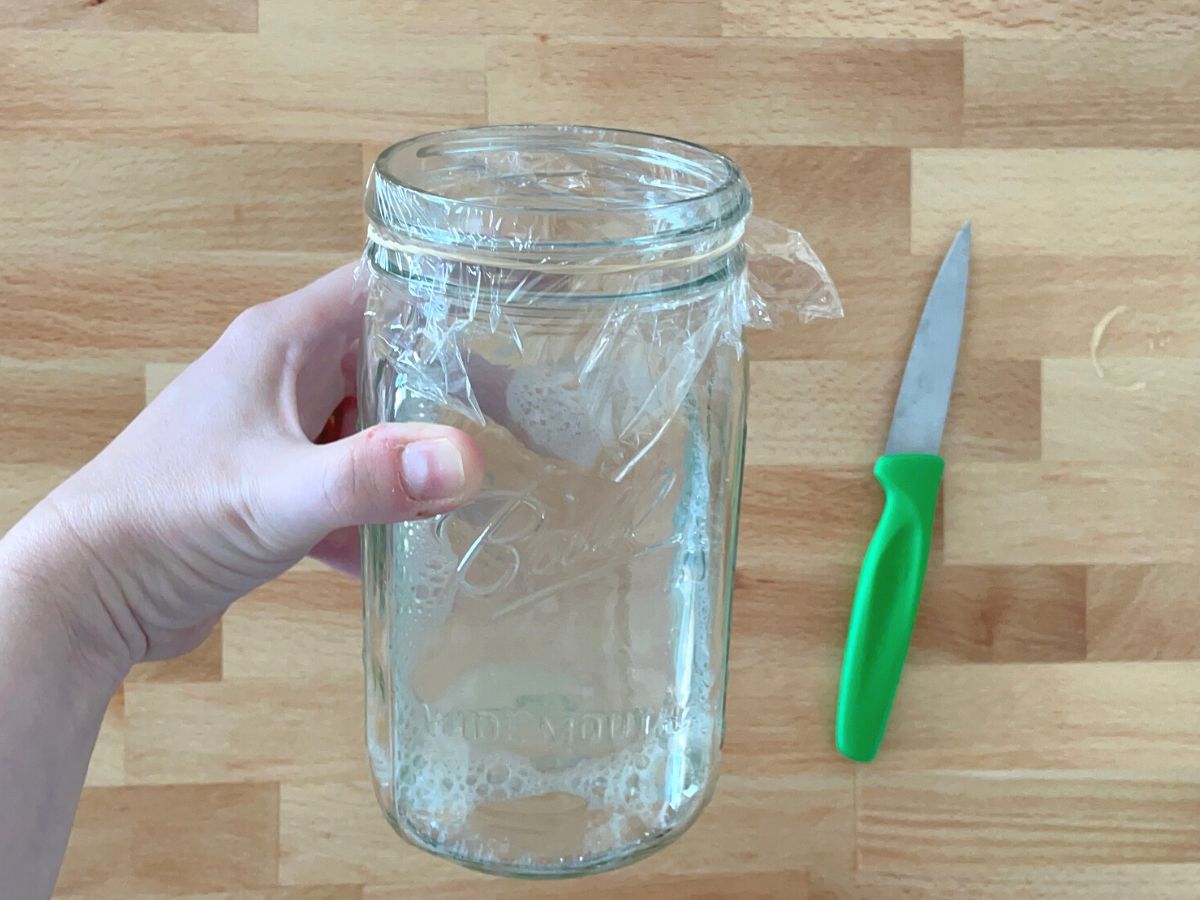What Are Gnats and Why Are They a Problem?
Gnats are tiny flying insects that belong to the dipteran family, which also includes mosquitoes. They are particularly attracted to moist environments, decaying organic matter, and sugary substances. You’ll often find them in kitchens, bathrooms, or anywhere there’s fruit, garbage, or dampness. Some common types of gnats include:
- Fungus Gnats: Usually found around potted plants or in soil.
- Fruit Flies: Love rotting fruit and sugary liquids.
- Drain Flies: Found near drains and moist areas.
While gnats are generally harmless, they can contaminate food and spread bacteria, making them a hygiene concern in households.
Why You Need a Gnat Trap
A gnat trap is one of the most effective ways to eliminate gnats. Unlike chemical sprays that can be harmful to humans, pets, or plants, traps are safer, more eco-friendly, and easy to make or buy. Gnat traps work by luring these pests into a confined space where they either get stuck or drown, effectively removing them from your environment.
Benefits of Gnat Traps:
- Non-toxic: Safer for your home and the environment.
- Affordable: DIY traps are cost-effective and use ingredients you likely already have.
- Efficient: Targets and traps gnats in large numbers.
- Customizable: Can be tailored to target specific types of gnats.
DIY Gnat Trap Solutions
You don’t need to spend a lot of money on commercial products; you can make your own gnat traps at home with common household items. Here are some popular and effective DIY gnat trap methods:
1. Vinegar and Dish Soap Trap
One of the simplest and most effective gnat traps involves vinegar and dish soap. Gnats are attracted to the smell of vinegar but are unable to escape once they land in the trap.
What You’ll Need:
- Apple cider vinegar
- Dish soap
- A small bowl or jar
- Plastic wrap (optional)
How to Make It:
- Fill the bowl or jar with apple cider vinegar.
- Add a few drops of dish soap (this breaks the surface tension of the vinegar so gnats can’t escape once they land).
- You can leave the bowl uncovered or cover it with plastic wrap with small holes poked in it.
- Place the trap near areas where gnats are a problem (near plants, fruit bowls, or drains).
2. Wine or Beer Trap
Gnats are also attracted to the fermenting sugars in wine and beer, making them great baits for traps.
What You’ll Need:
- A small amount of red wine or stale beer
- Dish soap
- A shallow dish
How to Make It:
- Pour a small amount of wine or beer into the dish.
- Add a few drops of dish soap to break the surface tension.
- Place the trap where gnats are commonly seen.
3. Fruit Trap
For fruit flies, a ripe fruit trap can be very effective.
What You’ll Need:
- A piece of ripe or rotting fruit (banana works well)
- A jar or bowl
- Plastic wrap
- Toothpick
How to Make It:
- Place the piece of fruit in the jar.
- Cover the top with plastic wrap and secure it with a rubber band.
- Use the toothpick to poke small holes in the plastic wrap, allowing gnats to enter but making it difficult for them to escape.
- Set the trap in areas with heavy gnat activity.
Commercial Gnat Trap Options
If DIY isn’t your style, there are plenty of commercial gnat traps available online or in stores. These are typically pre-made, disposable, and often come with attractive designs for indoor use. Here are some popular types:
1. Sticky Gnat Traps
These traps are coated with a sticky substance that ensnares gnats when they land on it. They can be hung or placed near problem areas.
2. Electric Gnat Traps
These plug-in traps use ultraviolet light to attract gnats. Once the gnats approach the light, they are zapped and killed instantly. These traps are especially effective in kitchens or other high-traffic areas.
3. Gnat Foggers and Sprays
Though not technically a trap, foggers and sprays can be used to kill gnats in large numbers. However, these solutions are usually chemical-based and may require you to leave the room during application.
Preventing Gnat Infestations
Trapping gnats is only half the battle—prevention is key to keeping them from coming back. Here are a few simple steps you can take to reduce the chances of another gnat infestation:
1. Eliminate Moisture
Gnats thrive in moist environments, so it’s essential to keep your home as dry as possible. Fix leaky faucets, ensure proper drainage, and avoid overwatering plants.
2. Store Food Properly
Gnats love fruit and vegetables, so be sure to store these in the refrigerator rather than leaving them out in the open.
3. Clean Drains Regularly
Since some gnats breed in drains, make sure you’re cleaning them regularly. You can pour boiling water down the drain or use a natural cleaning solution like vinegar and baking soda.
4. Keep Trash Sealed
Ensure that trash bins are sealed tightly to prevent gnats from being attracted to any organic waste.
Conclusion
Gnats may be persistent pests, but with the right trap and prevention strategies, you can take back control of your home. Whether you opt for a DIY solution using household ingredients or invest in a commercial gnat trap, the key is to act quickly before the problem escalates. Remember, the best offense is a good defense, so keep your home clean, dry, and free of gnat-friendly environments.
FAQs
1. How long does it take for a gnat trap to work?
It can take a few hours to a couple of days for a gnat trap to catch a noticeable amount of gnats, depending on the severity of the infestation.
2. Are gnat traps safe to use around pets and children?
Most DIY traps are safe as they use non-toxic ingredients like vinegar or fruit. However, be cautious with commercial traps, especially those using chemicals or electric zappers.
3. What’s the difference between gnats and fruit flies?
While both are small and annoying, fruit flies are specifically attracted to ripened fruit, whereas gnats can be found around plants, drains, and other moist areas.
4. Can I use essential oils to repel gnats?
Yes, essential oils like citronella, peppermint, and eucalyptus can be used to repel gnats. You can mix these oils with water and spray them in areas where gnats are a problem.
5. Do gnat traps work for outdoor infestations?
Gnat traps can work outdoors, but you may need stronger solutions, such as electric bug zappers or citronella candles, to manage larger outdoor infestations.








